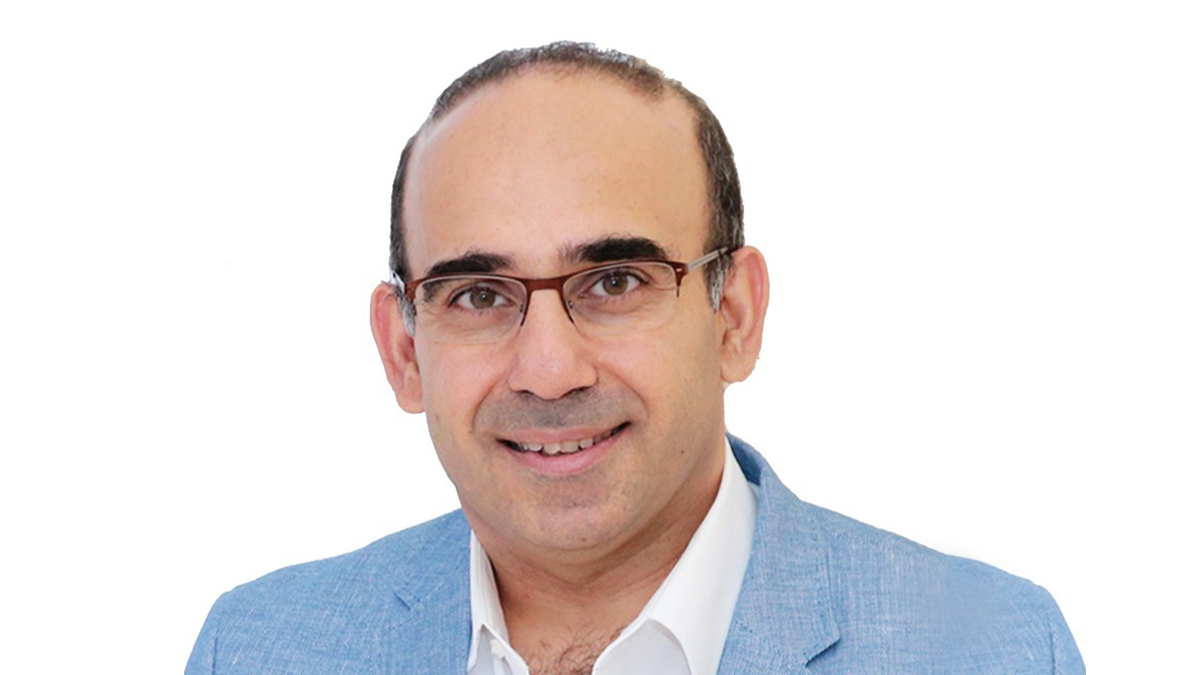Mohamad Mohty, Chairman of the IACH, shared a post on X about a paper he co-authored with colleagues published in Clinical Hematology International:
“Frontline management of multiple myeloma patients: optimizing treatment for patients in the Gulf region. Published in ‘Clinical Hematology International’ the official academic open access peer-reviewed journal of the International Academy for Clinical Hematology (IACH).”
Authors: Mahmoud Marashi, Khalil Al Farsi, Hussni Al Hateeti, Ahmad Alhuraiji, Hesham Elsabah, Honar Cherif, Anas Hamad, Kayane Mheidly, Hani Osman, Mohamad Mohty.

For transplant-ineligible patients with newly diagnosed multiple myeloma (NDMM), double- or triple-agent regimens are generally preferred over quadruplet therapies due to increased frailty and comorbidities. The SWOG S0777 trial demonstrated that VRd (bortezomib, lenalidomide, and dexamethasone) significantly improved median progression-free survival (PFS) compared to Rd (43 vs. 30 months; HR 0.71, p=0.0018).
However, in patients aged ≥65 years, the benefits were less pronounced, leading to the development of a dose-modified “VRd lite” protocol, which showed a median PFS of 41.9 months and a 5-year overall survival (OS) of 61.3%.
Another pivotal trial, MAIA, established daratumumab plus Rd (Dara-Rd) as a standard of care in this setting, with a median PFS of 61.9 months versus 34.4 months for Rd alone, and a significant OS benefit (66.6% vs. 53.6% at 60 months).
In the absence of direct comparisons, the PEGASUS study estimated that Dara-Rd was superior to VRd (HR 0.68) in reducing the risk of disease progression or death.
Further supporting the role of daratumumab-based regimens, the CEPHEUS trial found that adding Dara to VRd (Dara-VRd) significantly improved minimal residual disease (MRD) negativity rates (60.9% vs. 39.4%). Similarly, the IMROZ trial showed that isatuximab plus VRd (Isa-VRd) reduced the risk of disease progression or death by 40.4% compared to VRd alone.
While Dara-VMP also demonstrated significant survival benefits (median OS 82.7 vs. 53.6 months) in the ALCYONE trial, its use is limited due to concerns about melphalan’s genotoxicity. Based on current evidence, the recommended frontline treatment for transplant-ineligible patients is continuous Dara-Rd until disease progression.
However, fit patients aged 65–70 years may benefit from a limited course of Dara-Rd (6–8 cycles) with potential progression to transplant if deemed appropriate.
More posts featuring Mohamad Mohty.
